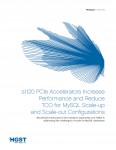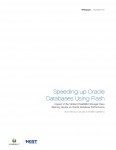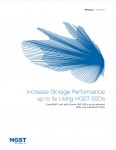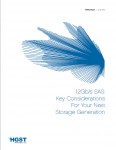Neue Perspektiven durch Helium-Füllung für Festplatten
Die aktuelle Festplattentechnologie (HDD) erreicht das obere Plateau einer Technologie-S-Kurve. Dadurch wird kurzfristig die Fähigkeit der Hersteller beschränkt, die Speicherkapazität einer Festplatte zu erhöhen. In den letzten Jahren hat sich die maximale Kapazität von Festplatten alle zwei bis drei Jahre verdoppelt. Im Vergleich dazu hat sich vor zehn Jahren die maximale Kapazität einer Festplatte jährlich









